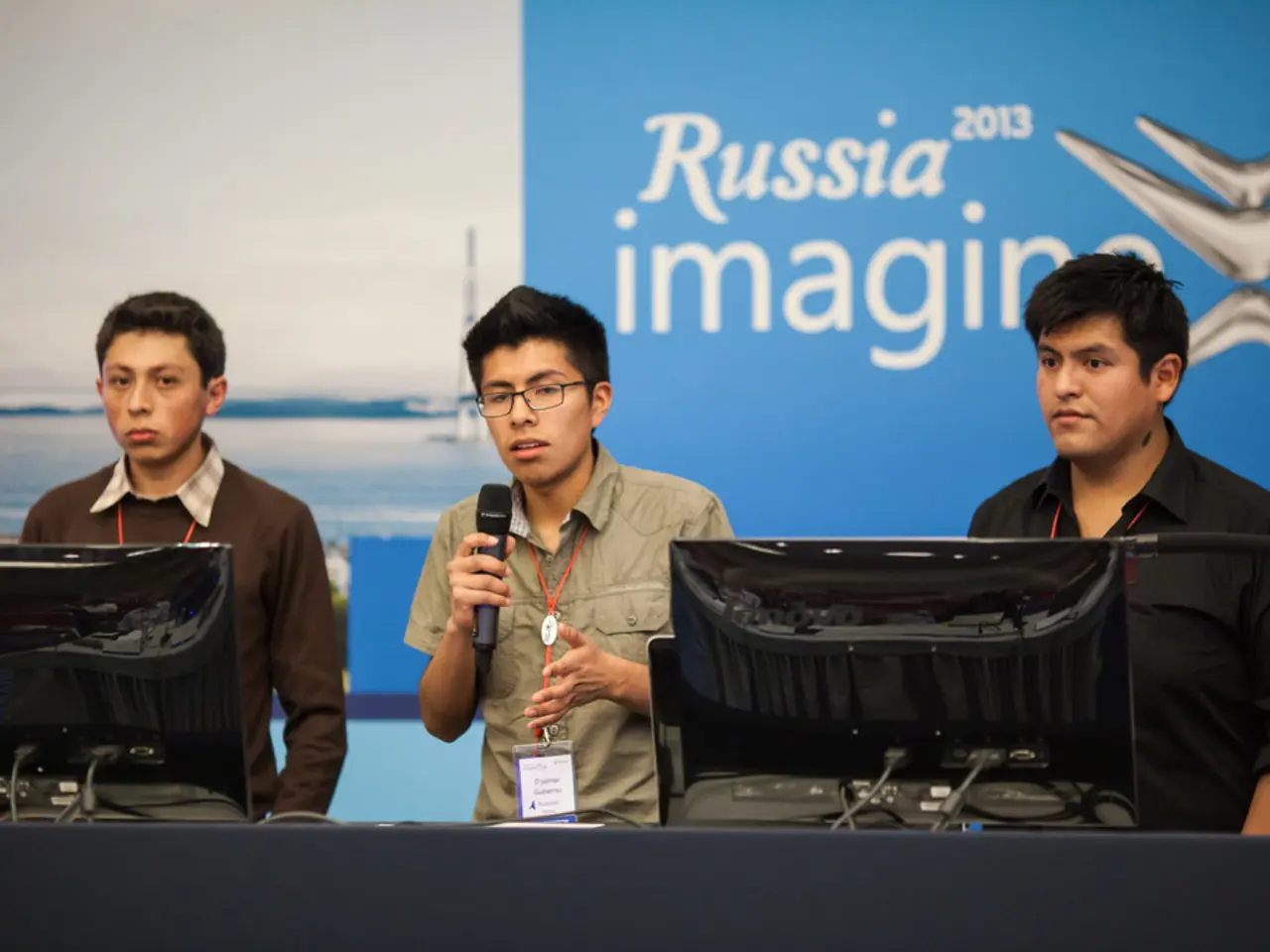Tensions between Russia and the United States are potentially easing
In the first Russia-US summit in over four years, President Donald Trump and Russian President Vladimir Putin met in Alaska on August 15, 2025. The talks, which were described as comprehensive and beneficial by Putin, focused primarily on the ongoing war in Ukraine but ended without any concrete agreements, especially no ceasefire deal.
The discussions were part of a broader US effort to accelerate negotiations to end the conflict in Ukraine. Key points discussed included the war in Ukraine and the possibility of a ceasefire, with the US setting an early August deadline for Russia to show tangible commitment to ceasefire or face harsher sanctions. However, despite months of diplomatic efforts by the US to end Europe’s bloodiest conflict since World War II, the summit yielded no ceasefire or peace agreement.
Ukraine’s President Volodymyr Zelenskyy was notably excluded from the meeting, raising concerns in Kyiv and European capitals about potential deals involving Ukrainian territorial concessions between Trump and Putin. Trump pursued two parallel tracks: resetting diplomatic and trade relations with Russia and separately trying to negotiate an end to the Ukrainian conflict.
Putin came with a business delegation hoping to cement deals involving investments in Alaskan oil and rare earth minerals exploration, but these discussions were linked to progress on the war’s resolution and therefore did not materialize. The summit lasted shorter than planned (3.5 hours instead of 6) and ended without announcements of agreements either on the war or economic cooperation.
After the summit, Trump showed cordial posture by displaying a photograph sent by Putin of their meeting, signaling ongoing personal diplomacy despite the stalled talks. The failure to reach a ceasefire or peace deal maintained the status quo of the conflict, with the US continuing to push for a diplomatic resolution but preparing for potential harsher sanctions on Russia if progress stalls.
The talks did not significantly improve Russia-US relations, which remain tense largely due to ongoing Russian military actions in Ukraine and international sanctions. Exclusion of Ukraine’s government from core diplomacy raised alarm about the legitimacy and shape of any potential peace deal and strained trust among US-European and Ukrainian partners. The summit highlighted the complexity of negotiations: Trump’s approach attempted to separate trade/diplomatic reset from conflict resolution, but these tracks remain interconnected and challenging to advance simultaneously without concrete progress in Ukraine.
In summary, the Alaska summit was a high-profile but ultimately inconclusive effort to address the war in Ukraine and the broader Russia-US relationship, leaving key issues unresolved and the conflict ongoing. Trump rated the meeting with Putin "10 out of 10," while Putin emphasized that Trump "has a clear understanding of what he wants to achieve, genuinely cares about his country's prosperity, and at the same time understands Russia's national interests." Despite the lack of concrete agreements, both leaders expressed hope for continued dialogue and the possibility of future progress.
The discussions in the summit primarily revolved around the ongoing war in Ukraine, including the possibility of a ceasefire, with the US setting an early August deadline for Russia to show commitment. Despite Trump's parallel efforts to reset diplomatic and trade relations with Russia, the talks yielded no ceasefire or peace agreement, maintaining the status quo of the conflict.








